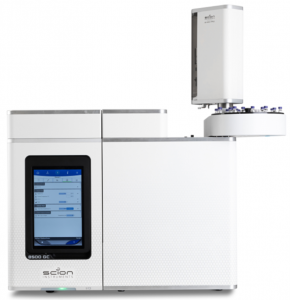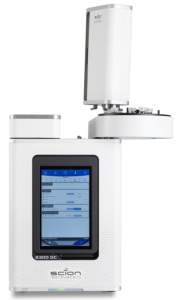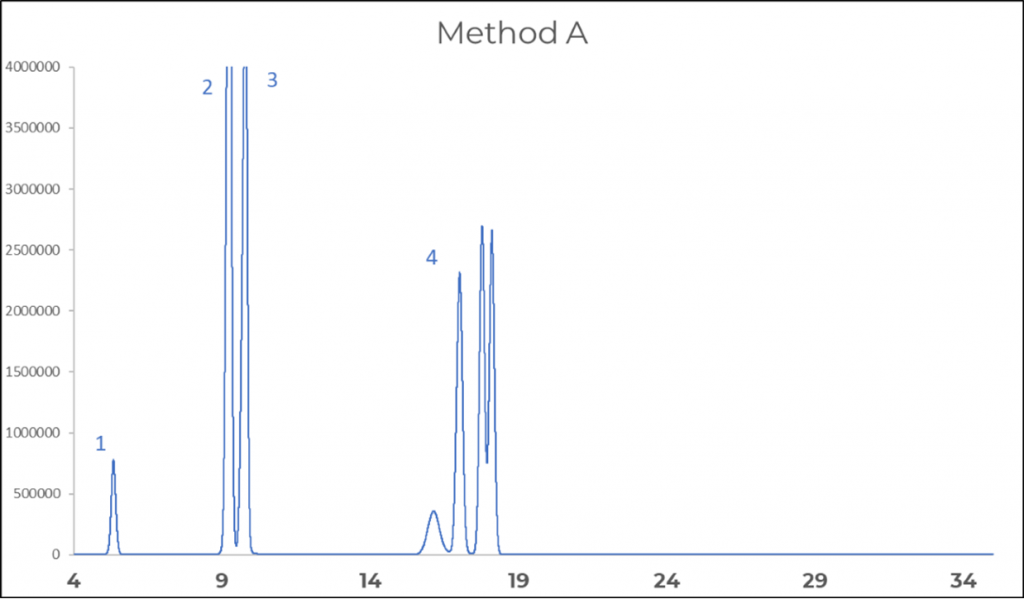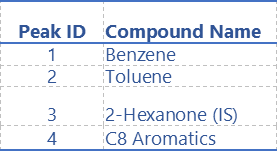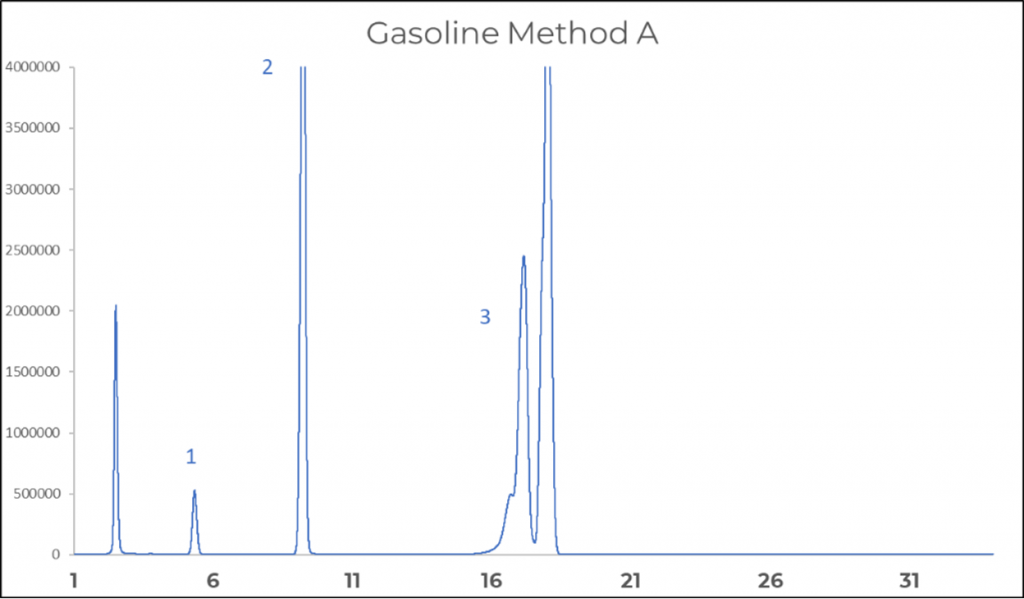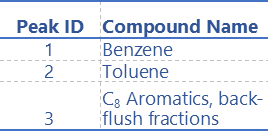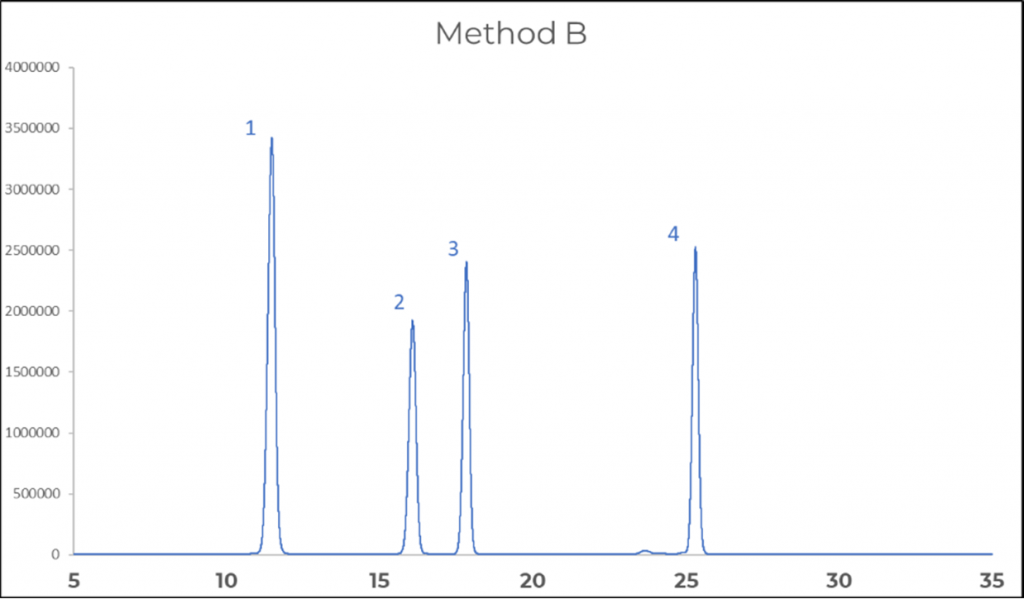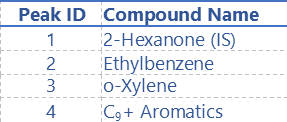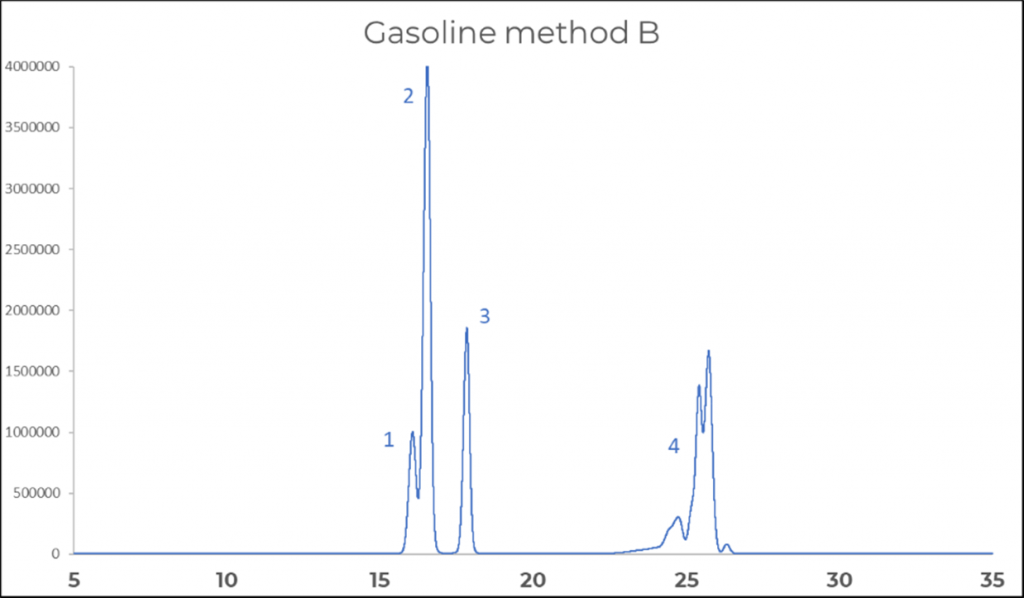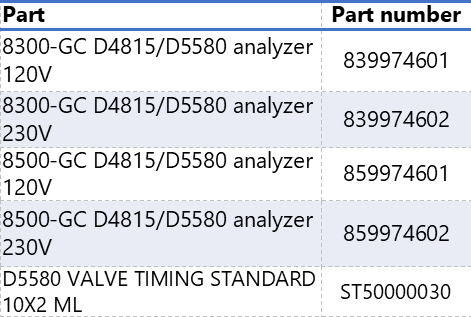ASTM D5580 - Standard Test Method for Determination of Benzene, Toluene, Ethylbenzene, p/m-xylene, o-xylene, C9 and Heavier Aromatics, and Total Aromatics in Finished Gasoline by Gas Chromatography (GC).
Introduction
SCION Instruments offers a solution for the determination of aromatics in finished gasoline products, according to standard test method ASTM D5580. ASTM D5580 describes the determination of benzene, toluene, ethylbenzene, the xylenes, C9 and heavier aromatics and total aromatics in finished motor gasoline by GC.
Aromatics and ethers are added to gasoline to reduce carbon monoxide emissions and increase octane number. However, aromatics are toxic for health and environment. Test methods to determine benzene and the aromatic content of gasoline are necessary to asses product quality and to meet new fuel regulations.
ASTM D5580 (aromatics) and ASTM D4815 (Oxygenates, ethers & aromatics in reformulated Gasoline applications) uses a similar SCION Instruments configuration. Therefore SCION Instruments offers an analyzer with these two methods in one configuration, for a wide range of gasoline analysis. For more information about method ASTM D4815, see SCION Instruments application note AN0002.
This application is applicable on the SCION Instruments 4X6 and the new 8X00 GC-platform, Figure 1 shows the new SCION Instruments 8X00 GC platform in combination with an 8400PRO Autosampler.
Figure 1. SCION Instruments 8X00 GC platform equipped with the 8400PRO autosampler.
Results and Discussion
The ASTM D5580 is a standard test method for the determination of benzene and other aromatics in Gasoline.
Common alcohols and ethers (oxygenates) present in gasolines do not interfere with the analysis of benzene and other aromatics by this test method.
ASTM D5580 is divided in two methods, method A and B. Both methods cover the following concentration ranges in liquid volume %, for the preceding aromatics: benzene 0.1—5 %, toluene 1—15%, individual C8 aromatics 0.5—10%, total C9 and heavier aromatics 5—30% and total aromatics 10—80%. Table 1 shows the analytical conditions of the system for both method A and B.
Method A
Method A describes the determination of benzene and toluene using 2-Hexanone as internal standard (IS). After the elution of the IS the flow of the capillary column is reversed to backflush for the separation of C8, heavier aromatics, C10 and heavier non aromatics. Figure 2 shows a chromatogram of an injection of ASTM D5580 Valve timing mix, dissolved in iso-octane.
Table 1. Analytical conditions system
Figure 2: Chromatogram method A, D5580 Valve timing standard, using FID
Figure 2 is showing a excellent resolution between benzene, toluene.(>12). Table 2 is showing excellent repeatability results for 10 consecutive injections of the same sample.
Table 2. Repeatability data
Figure 3: Chromatogram method A Gasoline sample, using FID
Figure 3 is showing an perfect resolution between benzene and toluene. (>12)
Method B
Method B is used for the analysis of ethylbenzene, o-xylene and C9+ Aromatics. Benzene, toluene, C12 and lighter hydrocarbons elute from the pre column to the vent or to the optional monitor detector (TCD). The TCEP column elutes ethylbenzene and the remaining aromatic portion is directed into the capillary column. 2-Hexanone and C8 aromatic compounds elute in order of their boiling points. After elution of o-Xylene , C9 and heavier aromatics are detected.
Figure 4: Chromatogram method B, D5580 Valve timing standard, using FID
Figure 4 is showing perfect resolution between all components. Table 3 is showing good repeatability results for 10 consecutive injections of the same sample.
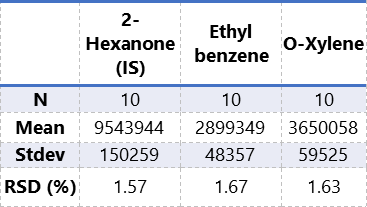
Table 3: Repeatability data
Figure 5: Chromatogram method B Gasoline sample, using FID
Figure 5 is showing the chromatogram of an injection of gasoline. Note: Benzene and toluene are vented or detected with the optional monitor detector (TCD).
Table 4: Part numbers analyzer D4815/D5580
Conclusion
The SCION Instruments 8X00 GC-platform is a very robust and suitable system for the determination of aromatics in Gasoline, following the ASTM D5580 standard method. The experimental data demonstrates that separation is easily achieved using the SCION Instruments 8500, along with great repeatability values.
ASTM D5580 (aromatics) and ASTM D4815 (Oxygenates, ethers & aromatics in reformulated Gasoline applications) uses a similar SCION Instruments configuration. Therefore SCION Instruments offers an analyzer with these two methods in one configuration, for a wide range of gasoline analysis. For more information about method ASTMD4815, see SCION Instruments application note AN0002. For part numbers of the combined analyzer, see table 4.
The equipment of the 8X00-GC analyzer is pre determined based on the hardware of ASTM D4815 and ASTM D5580. Analyzers can be equipped with an 8400PRO or 8410PRO autosampler for automated injections to increase sample throughput.
For ordering information or customisation, please contact your local sales representative.
Although the 4X6-GC series is not shown in this application note, it is possible to perform this analysis on the SCION instruments 4X6 GC series.
Download Application Note
Download complete Application Note here: ASTM D5580 Standard Test method for determination of Benzene, toluene, ethylbenzene, p/m-xylene, o-xylene, C9 and heavier Aromatics, and total aromatics in finished Gasoline by Gas Chromatography (GC).
Keep in Touch
If you wish to keep up to date with SCION Instruments latest research and articles, why not join us on social media and sign up to our newsletters today?

